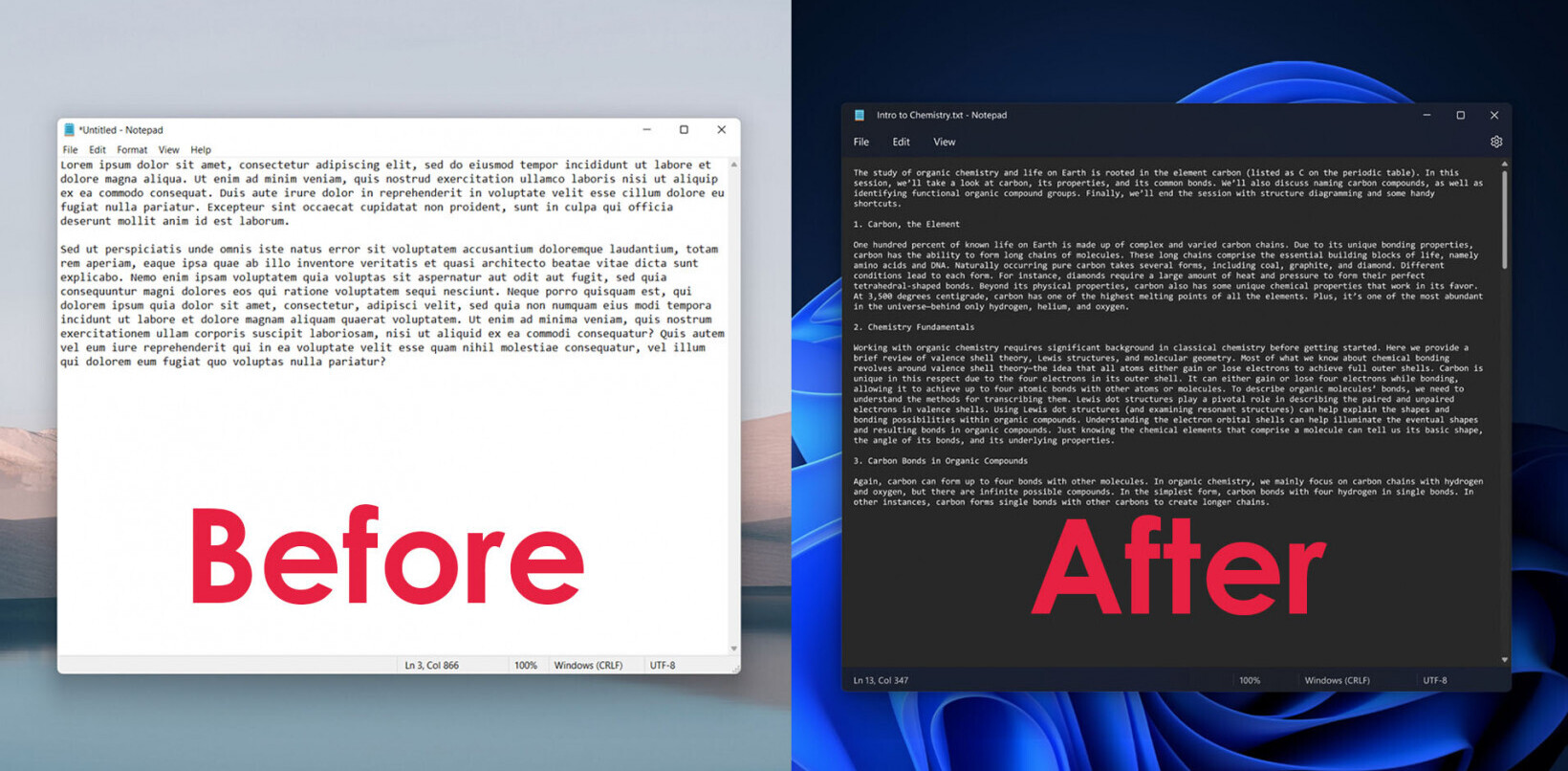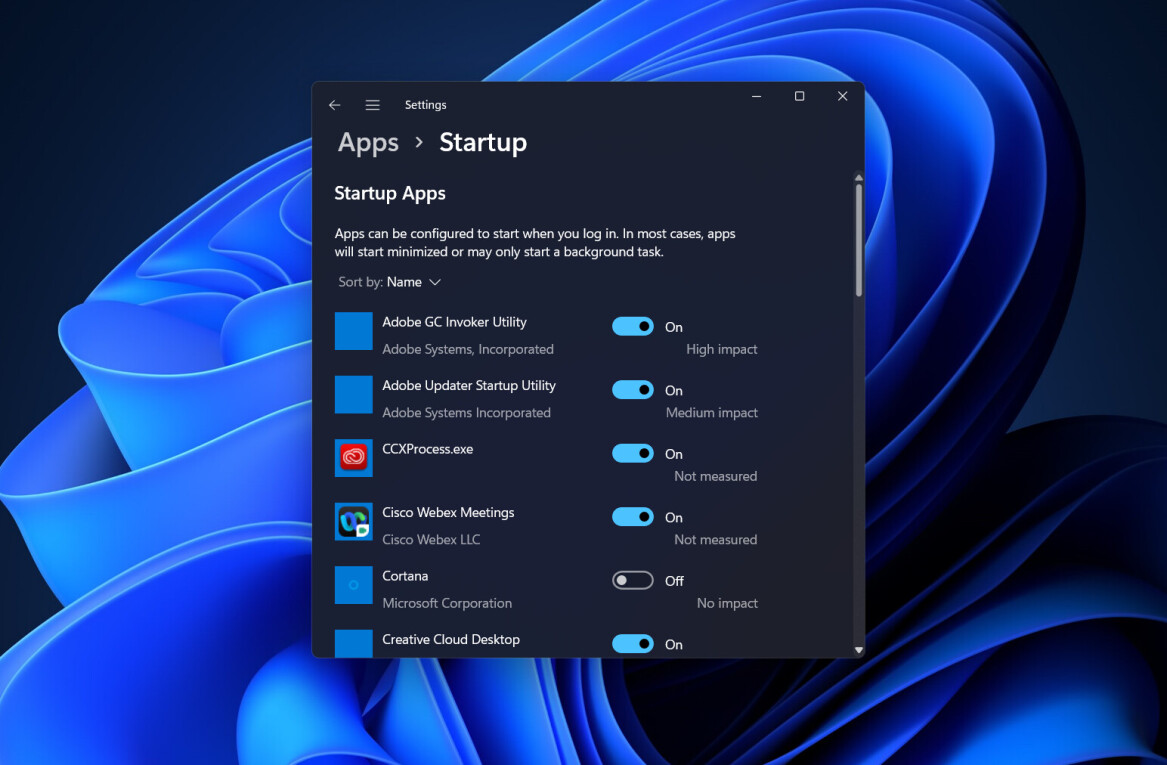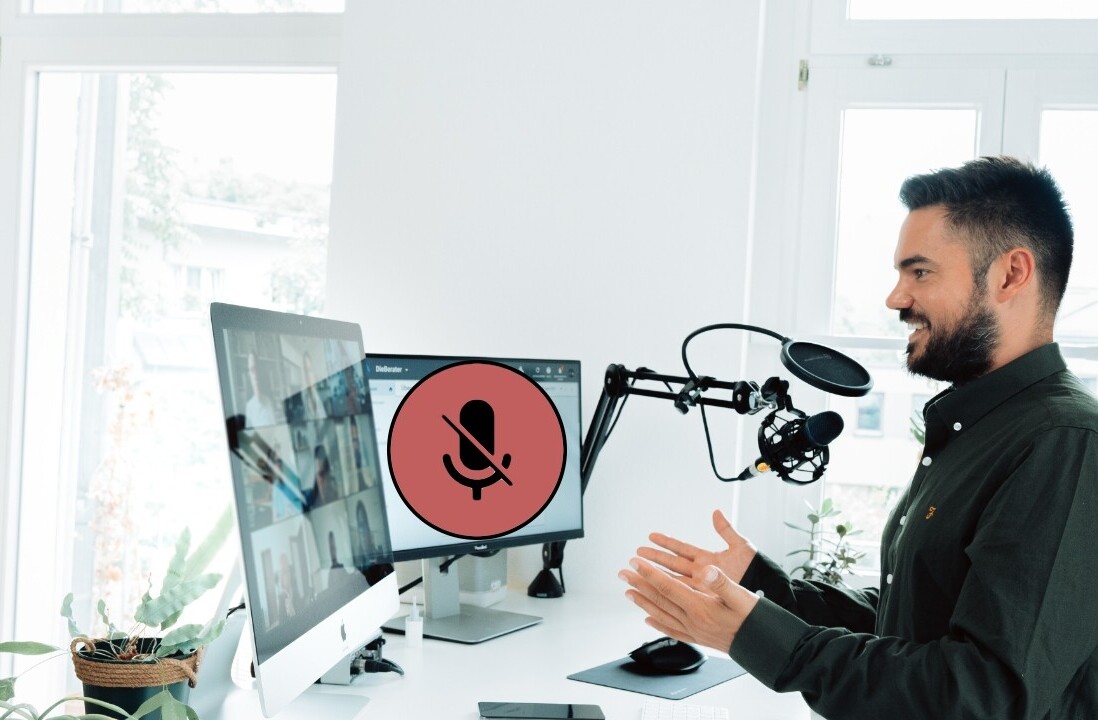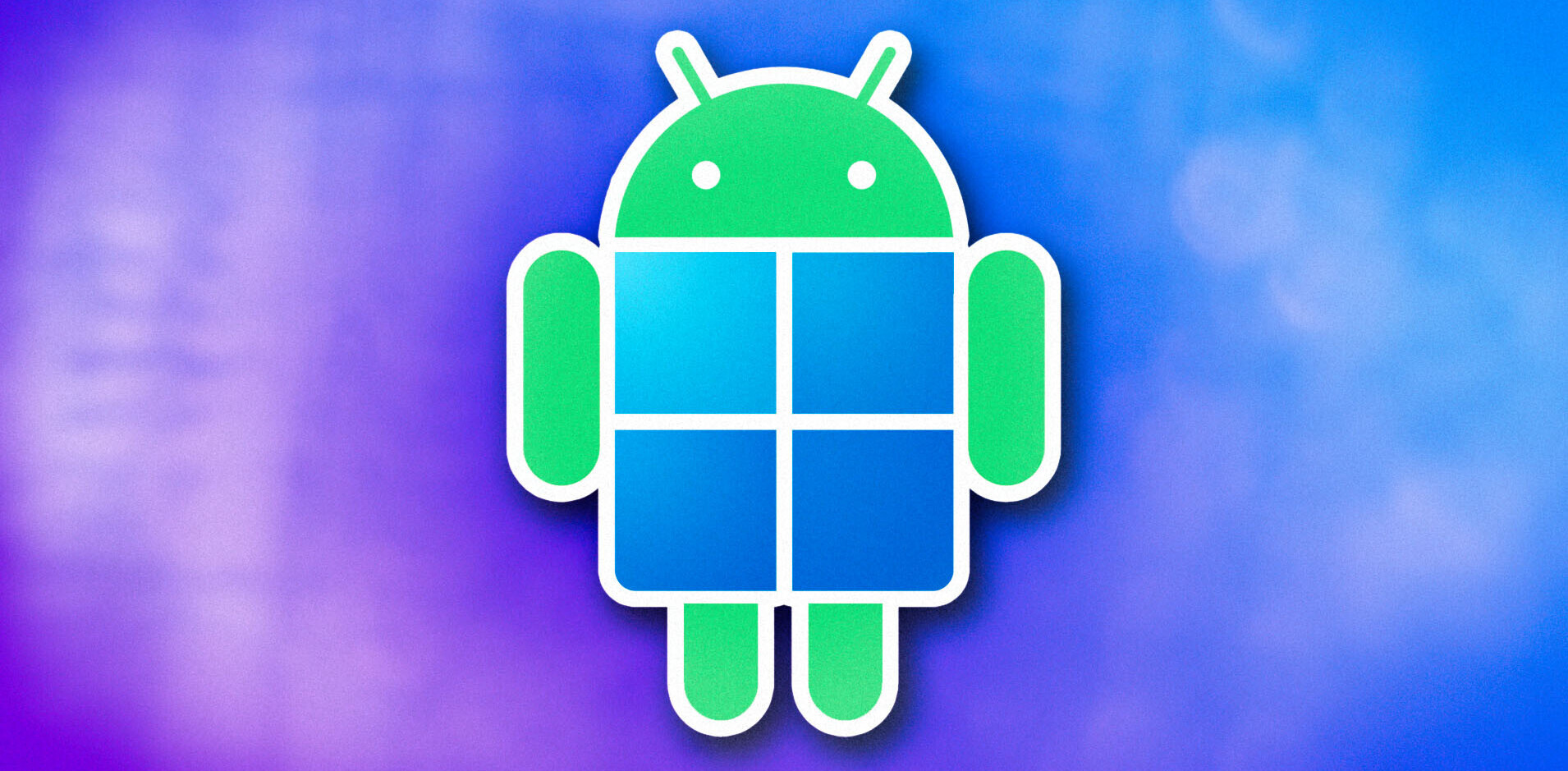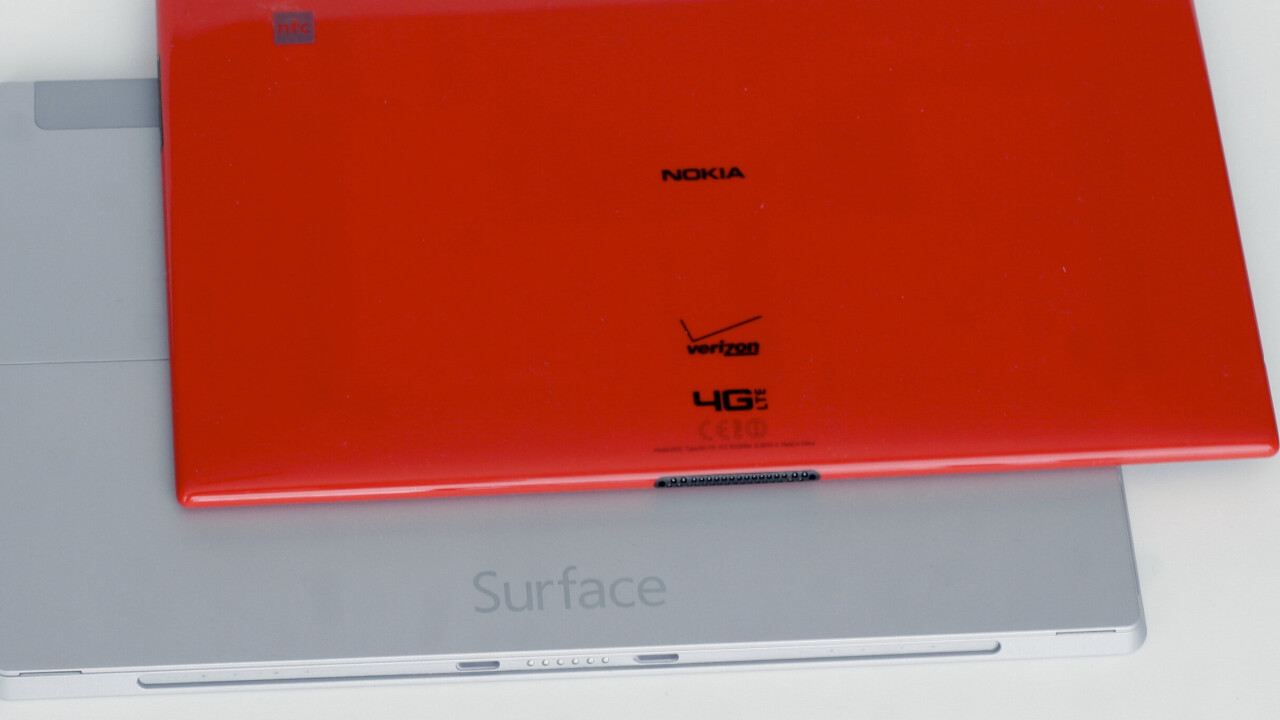
The second wave of Windows RT tablets, namely Microsoft’s own $449 Surface 2 and Nokia’s $499 Lumia 2520, represent a significant improvement to the platform, but they don’t stand out enough to rescue Windows RT from its awkward dual interface and under-developed app ecosystem.
I’ve been using the Surface 2 on and off for work since it first came out in late October, and the Lumia 2520 for the past week. I don’t normally use a tablet as my main work device, but I decided to give both Windows RT devices a try, since Microsoft touts its own Surface line as “the most productive tablets on the planet.”
The original plan was to work exclusively from the Surface 2 as an experiment to test Microsoft’s claim that the device is great for productivity. My computing needs for work are fairly lightweight. I need a simple word processor, a stable browser, a fast email client, the ability to see two windows at once and a comfortable keyboard. In theory, both the Surface 2 and the Lumia 2520 offer what I need, but in practice, things turn out to be shakier.
When new users set up their email accounts on Windows 8.1 RT, they’re faced with a choice: use the mail client in the modern interface, or go with Outlook. Both options come with compromises. Outlook offers greater versatility and power, but it’s trapped in a tiny desktop interface that strains the eyes.
Swapping between the modern look and the Windows desktop is a jarring experience, and one that I see very little reason for. Microsoft may have deluded itself into thinking that Windows RT is a hybrid operating system that offers the best of both worlds. The truth is that the OS’s hybrid nature is more like Dr. Frankenstein’s monster than Toyota’s Prius. There’s no clear reason for the presence of two separate interfaces, two versions of Internet Explorer and two separate mail clients.
For a time, I tried to read my email on the Surface using Gmail and Internet Explorer, but switching between messages took as much as four seconds to load on the tablet. When you’re staring down several hundred emails, that kind of delay is unfeasible. In the end, I reached an uneasy truce with Outlook.
After setting up email, I needed to log on to Convo, the communications app TNW uses for its backchannel. Convo has yet to develop a Windows RT app, so I logged into the Web version. The browser-based client struggled to render properly on the Surface, and touch scrolling would often cut out for no apparent reason.
While some of the blame of incompatibility certainly lies with Convo, the platform is also to blame. New operating systems face a difficult conundrum of needing developer support to attract users and needing massive user adoption to attract developers. Windows RT has yet to justify itself on either front.
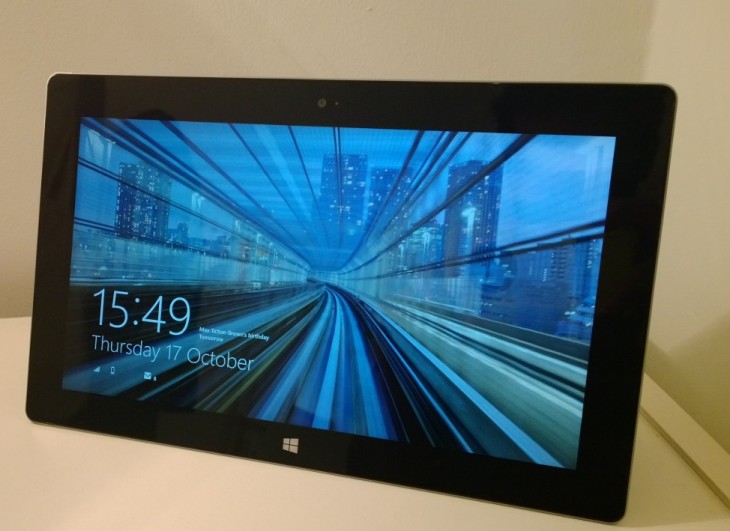
Most of you won’t need to use Convo, but the issue is a larger one. Many of you probably have an app in your workflow that is missing on Windows RT. If you’re lucky, there might be a SaaS version of the service you can use, but even then, you’re bound to encounter compatibility issues.
With Windows RT, Microsoft has created for itself the quintessential platform conundrum. It needs developers to create core apps for users but developers are waiting for massive user bases to warrant the extra work. Microsoft Office does a lot to help validate Windows RT, but I’ve spent years weaning myself from it. The proliferation of free Office-style applications on both mobile and desktop platforms has jeopardized Microsoft’s business monopoly, so it’s not exactly a killer app here.
The Surface 2 feels solid – too solid. At 1.49 pounds, plus extra weight for the keyboard cover, it has a heft to it. It’s roughly the same weight as the original iPad, which already felt heavy when it hit the market three years ago. I found that it was easier to think of the Surface 2 as a lightweight touchscreen laptop with a bendy keyboard, albeit one with an abysmal software ecosystem.
Using the Type Cover worked well for me. During informal typing tests, I managed to reach about 85 words per minute on the accessory, compared to 65 wpm on the touchscreen keyboard and 115 on my laptop. However, the setup wasn’t ideal on my lap. The keyboard tended to torque, and the Surface 2’s kickstand dug uncomfortably into my lap.
Microsoft touts the full USB ports on the Surface 2 as an advantage over tablets like the iPad, but when I went to use my printer, I received an error that it was incompatible with Windows RT. It was yet another example of how the platform fails due to the lack of a third-party support.
I also ran into some trouble switching between the Type Cover and the virtual keyboard. The system wouldn’t always recognize when the cover was detached.
The Lumia 2520 definitely feels like a tablet. It’s lighter (1.35 pounds), and has a cheerier feel to it with its plastic back. It also has the added benefit of a cellular connection. Microsoft has expressed interest in releasing a 4G version of the Surface, but the upgrade won’t arrive until sometime next year.
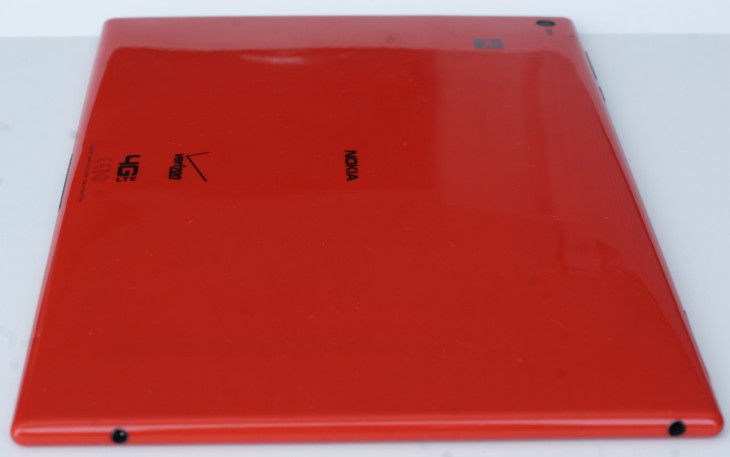
We didn’t test the Lumia 2520’s power keyboard, but we’re assuming that the add-on, which adds extra battery life and a USB port, is enough to convert the tablet into a decent hybrid laptop/tablet.
While it’s no surprise that both Nokia and Microsoft took the time to build proprietary keyboard connectors for their tablets, it does seem like a waste of effort in light of the acquisition. An interoperable keyboard connector would have helped build up the Windows RT ecosystem instead of further fragmenting it.
The Surface 2 averaged roughly four hours of battery life during continuous use at full brightness. The Lumia 2520 fared better at close to 4 ½ hours, but only slightly. With careful power management, you might be able to get either one to last you through the day without charging, but it would be close.
Wrap-up
Microsoft and Nokia both deserve credit for what they’ve managed to accomplish with their Windows RT tablets, but those efforts are still unable to compensate for the software’s general lack of direction. While Windows RT devices have a few advantages over both laptops and traditional tablets, those benefits are erased by the compromises that have been made.
Generous holiday deals have helped make both the Surface 2 and Lumia 2520 affordable in their own rights, but, even at a discount, I’d still caution against buying either one.
Most of us are aware of the technical reasons – battery life, cost and performance – that led Microsoft to port Windows to the ARM architecture, but users aren’t concerned with those technical hurdles, only the resulting products. The average consumer isn’t going to understand the difference between Windows 8.1 RT and Windows 8.1. The “RT” is meaningless to them. They’re only going to know that their usual apps don’t work.
When compared against affordable Windows 8.1 tablets like the Dell Venue 8 Pro and Nokia’s Lumia 1520 Windows Phone phablet, Windows RT is being squeezed from both ends even from within Microsoft’s own platforms. As x86 chips improve for mobile uses, it seems increasingly likely that Microsoft will simply abandon Windows RT as a failed experiment to focus its efforts on Windows (non-RT) and Windows Phone.
Yes, it’s possible to be productive on Windows RT. I wrote this post on both devices, but it took me hours longer and tried my patience along the way. As it stands, Microsoft has yet to provide a compelling reason to buy into Windows RT. I’m not trying to foretell doom on Windows RT. The OS certainly still has a fighting chance, but the way things stand, even good hardware like the Surface 2 and the Lumia 2520 can’t salvage it.
Headline image: Spencer Platt / Getty Images
Get the TNW newsletter
Get the most important tech news in your inbox each week.

